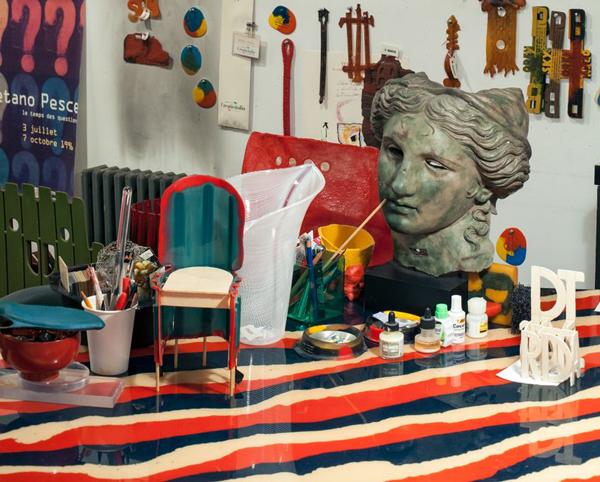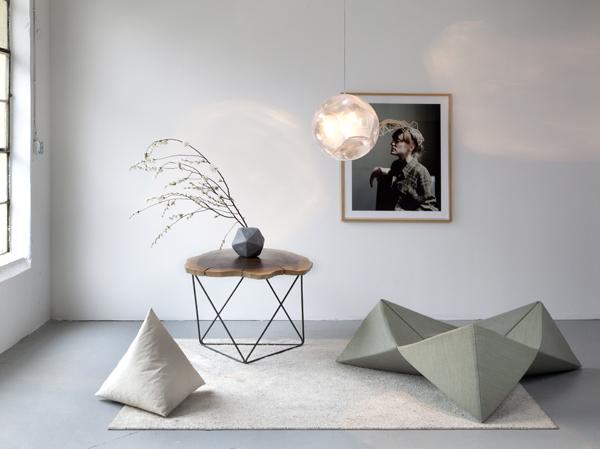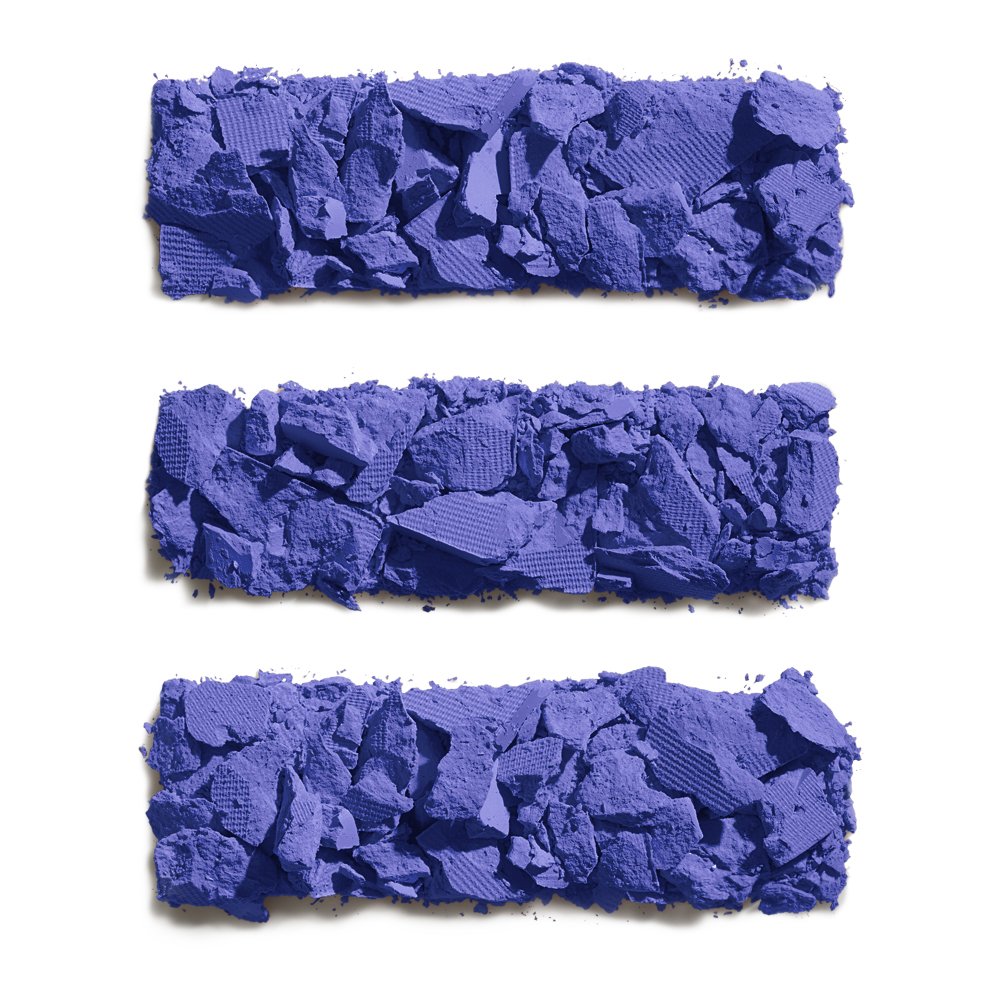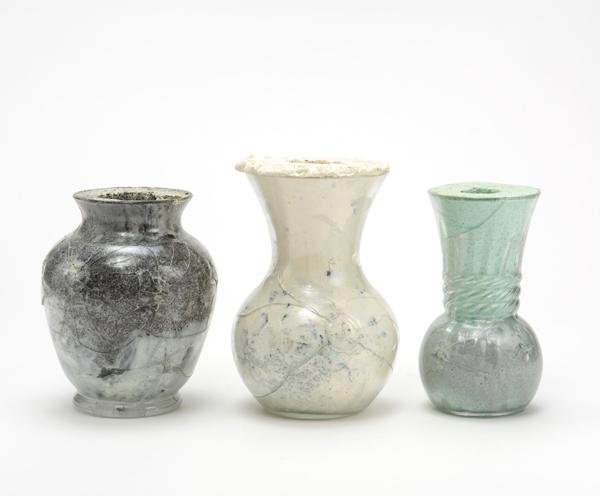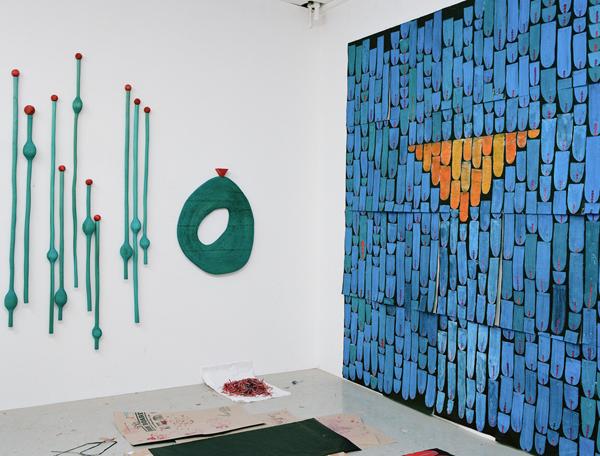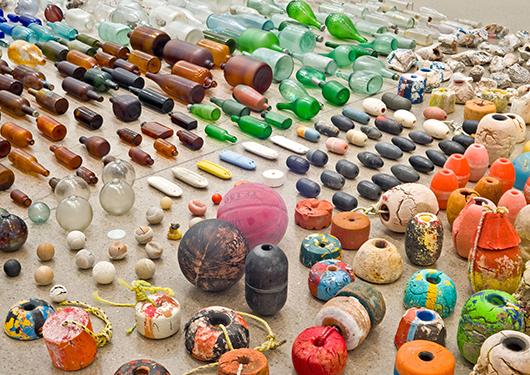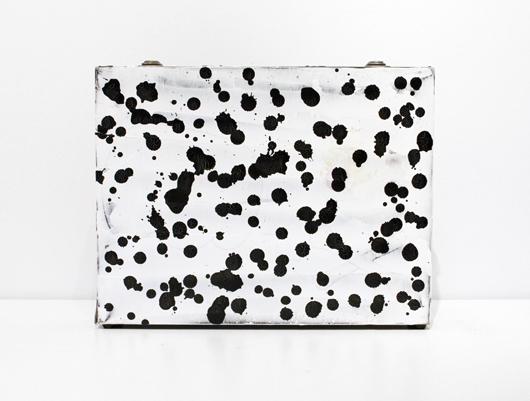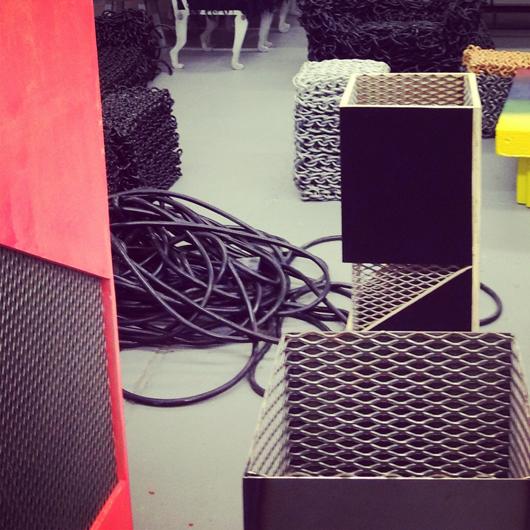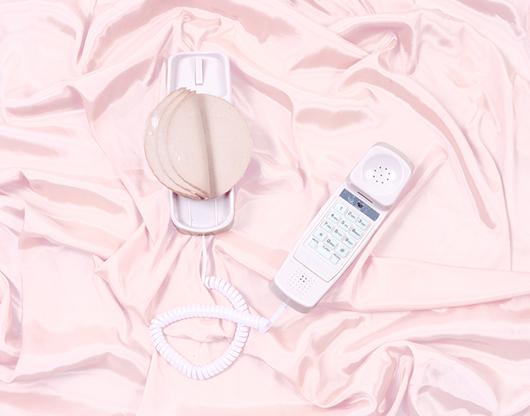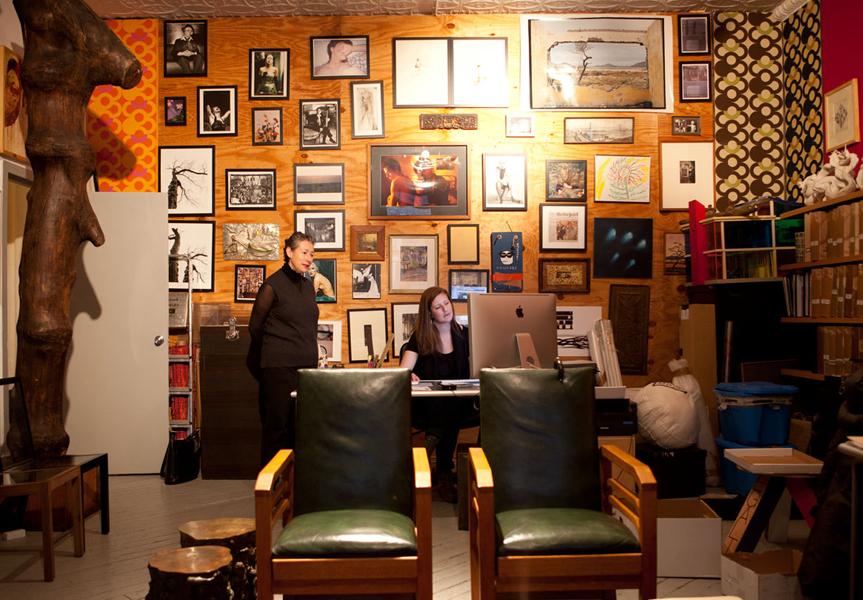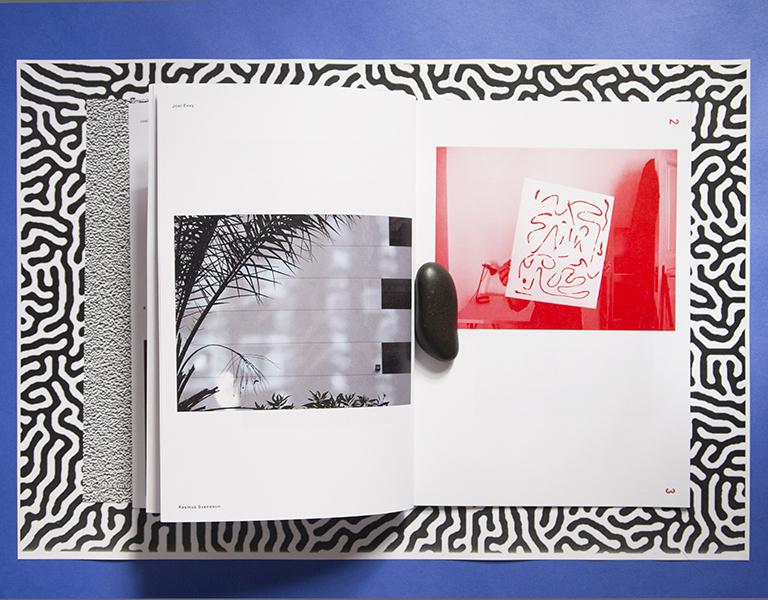
04.05.13
8 Things
Bodega Gallery Press
Just walking into Bodega Gallery in Philadelphia’s Old City and being greeted by one of its five cool, young founders — or browsing its online archive of past exhibitions, which is peppered with names like Sam Falls and Travess Smalley — you could easily file it alongside similar edgy, high-brow art establishments in cities like L.A., New York, or Paris. And then you find yourself conversing with a few of said cool, young founders (all of them artists themselves and graduates of Hampshire College), and you hear them say things like “stuff is for sale if people want to buy it, but that’s not the driving force,” or “this is just a space — everything happens around it, and nothing happens at it,” and you realize that the economics of a place like Philly can be even more freeing for projects like this than you’d imagined. Bodega really is just a space, one that's run by Elyse Derosia, Ariela Kuh, Lydia Okrent, James Pettengill, and Eric Veit, but where it feels like almost anything could happen.
